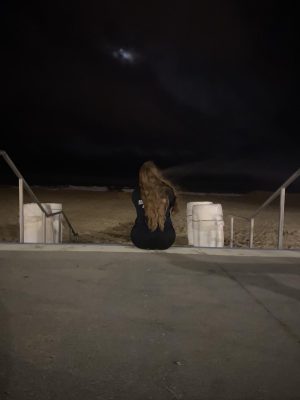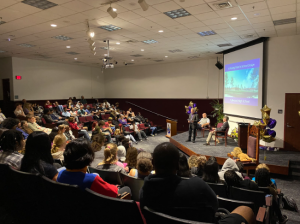Día de los Muertos confusion

November 7, 2018
Día de los Muertos, or Day of the Dead in English is celebrated mostly commonly by Mexicans and some Central American countries. This holiday commemorates the lives of the passed through making ofrendas or alters filled with beautiful symbolism and items the person adored so they could enjoy them in the afterlife.
Día de los Muertos is often confused and exploited by Americans as an “ethnic Halloween” due to the fact that the holidays lands on the same week. Firstly, Halloween lacks any religious background, that is at least recognized in the states, while Día de los Muertos is a mix of the catholic All Saints Day and native mesoamerican religious practices. Halloween is greatly commercialized and capitalized off of in the U.S. therefore no culture remains.
Unlike Halloween, Day of the Dead remains culturally adherent which has lead to appropriation of the celebration. Cultural appropriation is defined as the act of taking or using things from a culture that is not your own, especially without showing that you understand or respect this culture. An example of this being Americans dressing in sugar skull makeup for a Halloween costume. Sugar skull face painting holds much cultural significance in many Latinx countries. By simply painting a colorful skull on your face defaces the culture of Day of the Dead.
In the past decade, the awareness of Day of the Dead has greatly risen. Movies surrounding the holiday have come out with the audience being younger children. With examples being The Book of Life (2014) directed by Jorge Gutierrez and the Disney film more recently, Coco (2017) directed by Lee UnKrich. These films have been released in hopes of educating Americans about the celebration. With all good things arise some bad like the misinterpreting of the two holidays due to their vague similarities.










